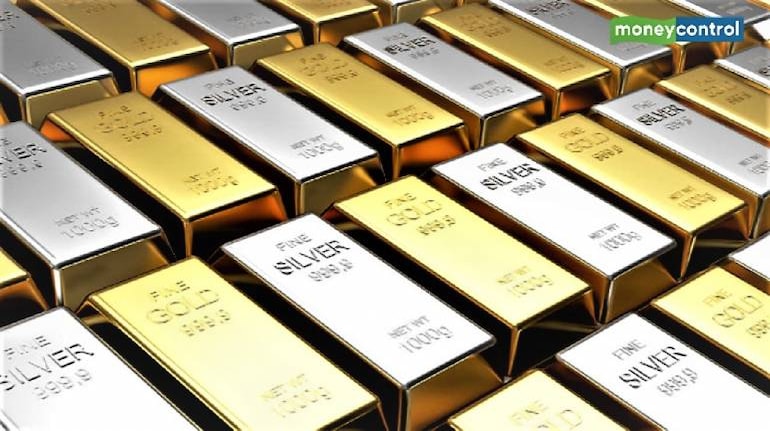



Gold prices eased on Friday after the World Health Organization (WHO) said measures taken by China could control the coronavirus outbreak and surveys showed signs of stabilisation in the world's second-largest economy.
However, the metal was up 3.6% so far this month, set for the second straight monthly gain as the spread of the epidemic fanned fears of a slowdown in global economic growth.
Spot gold fell 0.1% to $1,571.73 per ounce by 0411 GMT on Friday, while U.S. gold futures declined 0.8% to $1,576.50.
The WHO on Thursday declared the coronavirus outbreak a global emergency, however, it opposed restrictions on travel or trade with China and said the actions taken by Beijing can "reverse the tide".
"Although the WHO declared the virus an international emergency, they sounded relatively upbeat and didn't really endorse some of the things that the markets were worrying about ... so markets took a little bit of solace there," said Ilya Spivak, a senior currency strategist at DailyFx.
The new coronavirus has claimed 213 lives so far in China and has spread to at least 22 countries, while paralysing many provinces in the world's second-largest economy with lockdowns, travel restrictions and closed businesses.
"At this point, this (impact from the virus) is not something the Chinese economy can shrug off, there will be a hit to growth, the magnitude of which will be difficult to chisel out in detail for quite a while," Spivak said.
Gold is considered a safe haven in times of political and economic uncertainty.
Asian shares rose marginally as investors hoped that the Chinese epidemic will be contained soon, while surveys showing steady Chinese factory activity and firm services this month improved the mood further.
Further weighing on gold, the dollar firmed against a basket of currencies, making bullion cheaper for holders of other currencies.
"Critical support remains in the $1,545-$1,550 regions with resistance at $1,585 and $1,600 an ounce. Wuhan fears should ensure that a break below $1,560 is very unlikely ahead of the weekend," Jeffrey Halley, senior market analyst at OANDA, said in a note.
Palladium rose 0.5% to $2,321.14 an ounce. Prices were set to gain over 19% this month, the best since November 2016, but were down about 4% this week.
Silver was flat at $17.82 and down 1.4% for the week, its worst since the week ended Dec. 6. Platinum shed 0.2% to $976.21 and was on track to decline 2.3% for the week, its steepest since early November.
Discover the latest Business News, Sensex, and Nifty updates. Obtain Personal Finance insights, tax queries, and expert opinions on Moneycontrol or download the Moneycontrol App to stay updated!